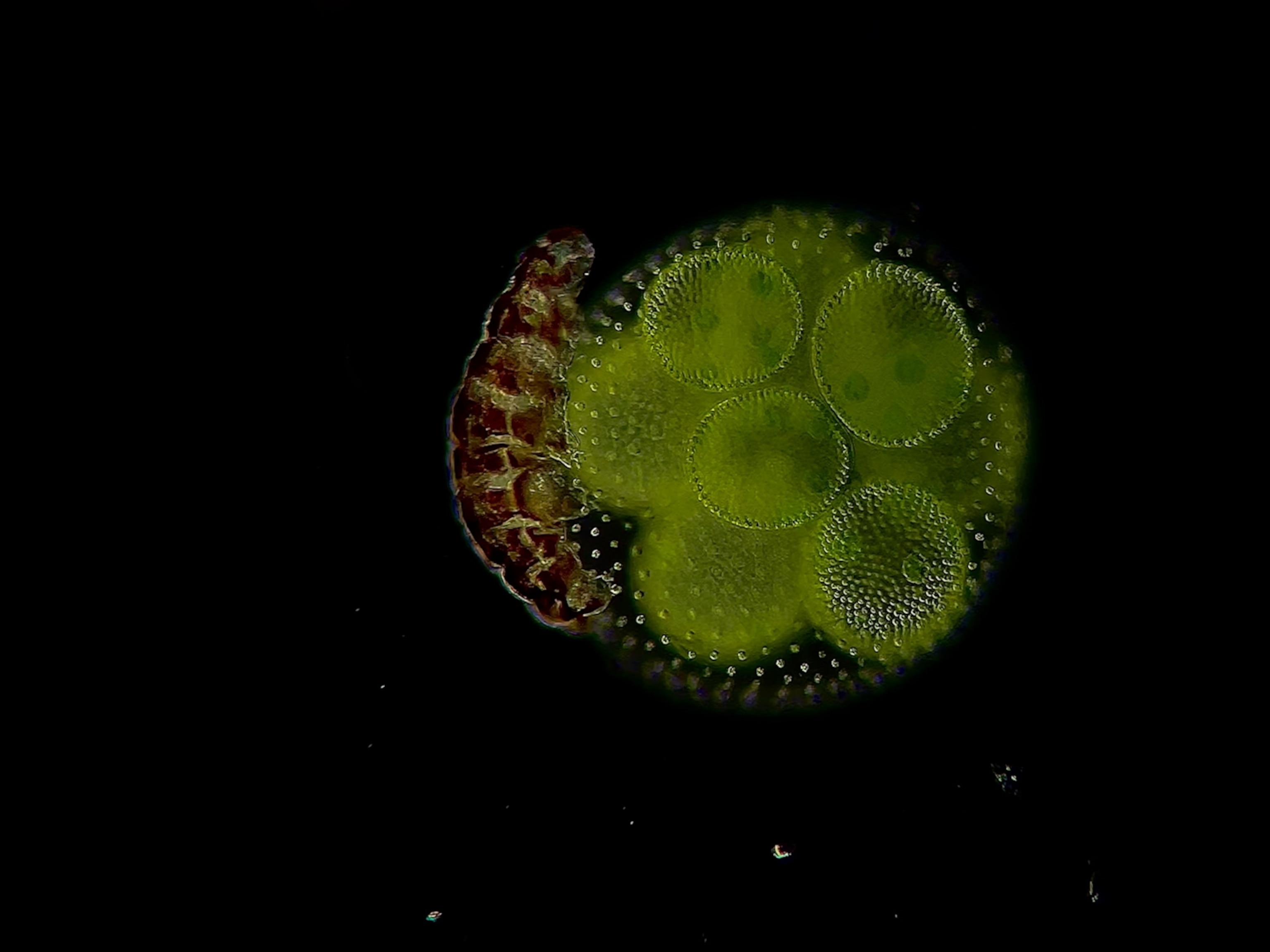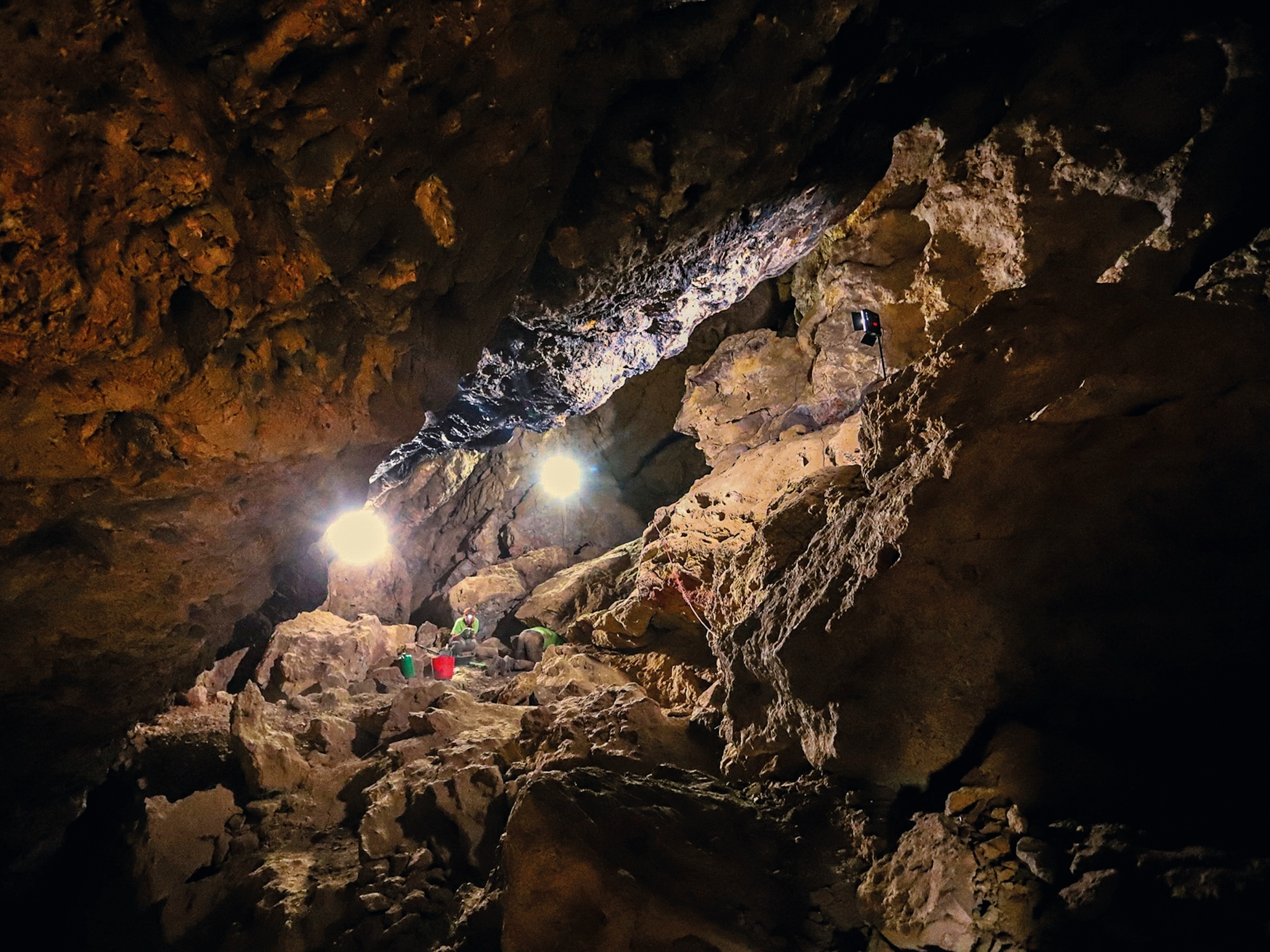
Rock-Chewing Sea Urchins Have Self-Sharpening Teeth
Finding may lead to never-dull tools, study says.
Sea urchins are perhaps best known for their armor of spines. But their mouths may be even more daunting—urchin teeth can literally chew through stone without getting dull. (Related: "Eyeless Urchins 'See' With Spines.")
Now scientists are solving the mystery of how urchins keep their teeth so keen, and the research could lead to self-sharpening tools.
Sea urchins bore through rock to carve out nooks, where they can protect themselves from waves and predators. To learn how urchin teeth stay sharp despite all that grinding, researchers analyzed the roughly 0.8-inch-long (2-centimeter-long) choppers of the California purple sea urchin.
(Related: "Sea Urchin Genome Reveals Striking Similarities to Humans.")
Using high-resolution x-ray imaging, the investigators found that the teeth are mosaics of two kinds of calcite crystals: fibers and curved plates. The crystal shapes are arranged crosswise to each other and are bound together with a superhard cement of calcite nanoparticles.
Between the crystals are layers of weaker organic material. By striking the teeth with microscopic, diamond-tipped probes, the scientists found that the teeth break along these organic layers.
The scientists think the organics are predetermined weak spots in the teeth that allow parts of the material to "tear" away, similar to perforations in a sheet of paper. This means the teeth, which grow continuously, can regularly shed damaged areas to keep a well-honed edge.
"Such an exquisite structure has evolved over 200 million years, and it can perform far better than manmade, nonoptimized tools," said study co-author Pupa Gilbert, a biophysicist at the University of Wisconsin-Madison.
"Inspired by these discoveries, we can think of super-robust and fracture-resistant nanocements, or layered nanotips to do nanogrinding that rarely need replacing."
Much remains uncertain, though, such as the exact composition of the organic layers or the separate functions of the crystalline plates and fibers.
"Natural biominerals are wonderful, and we have a lot to learn from them," Gilbert said.
Gilbert, along with Christopher Killian and colleagues, published the new analysis of sea urchin teeth online December 22 in the journal Advanced Functional Materials.





